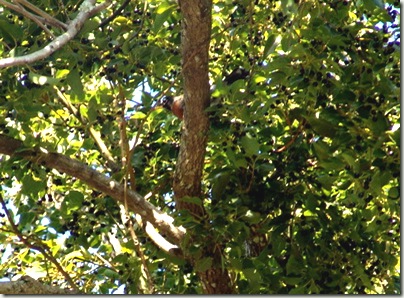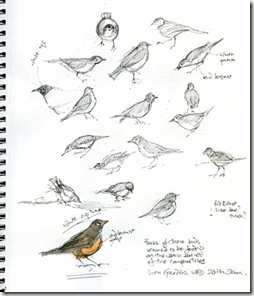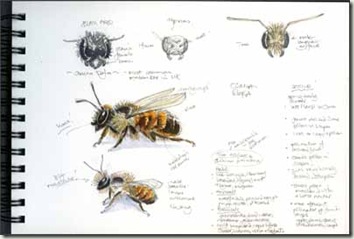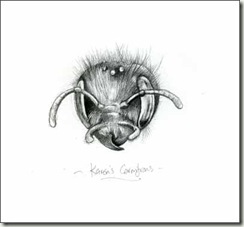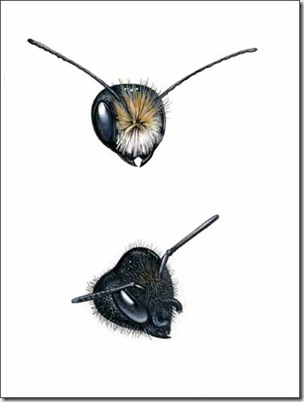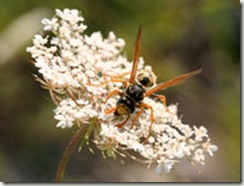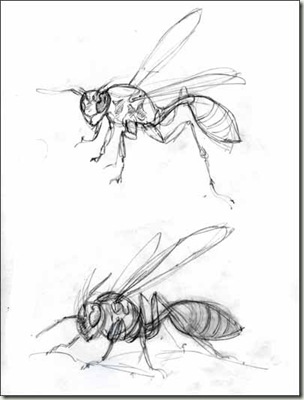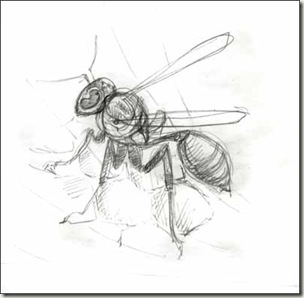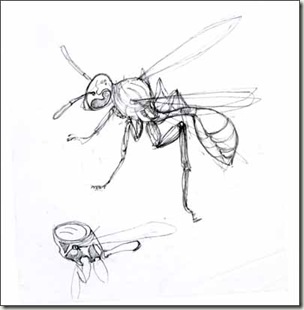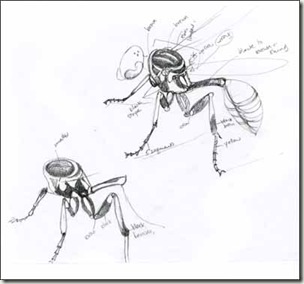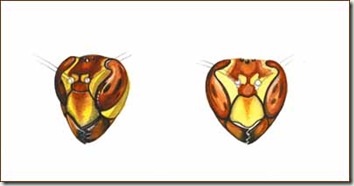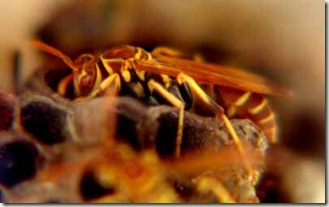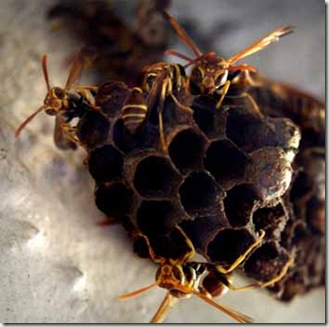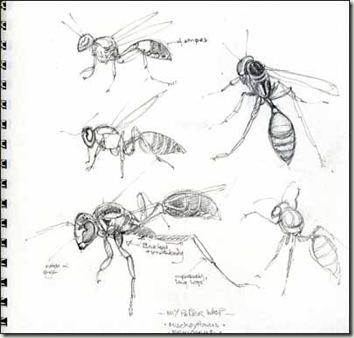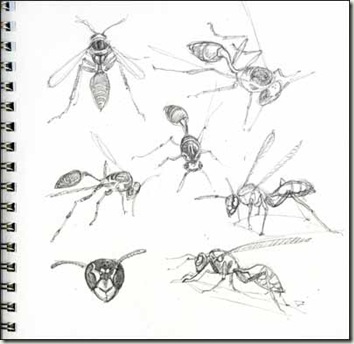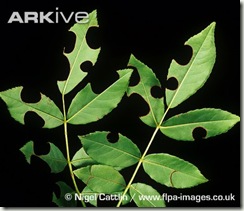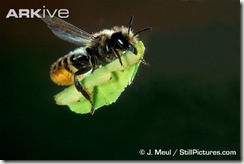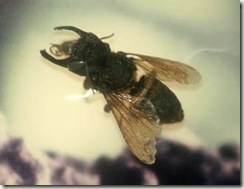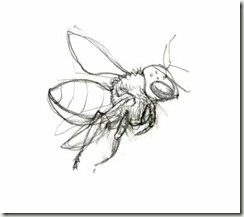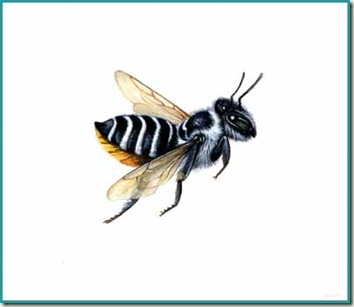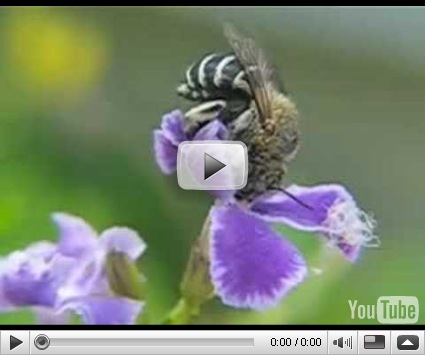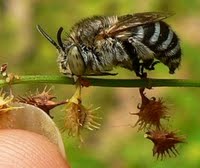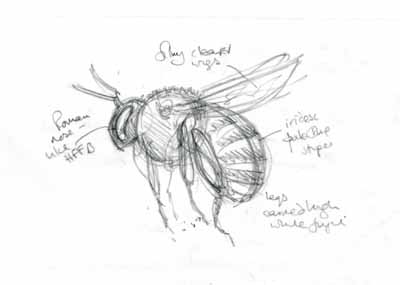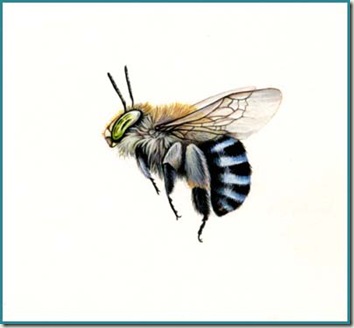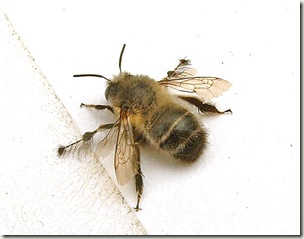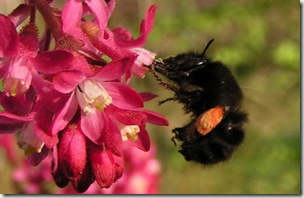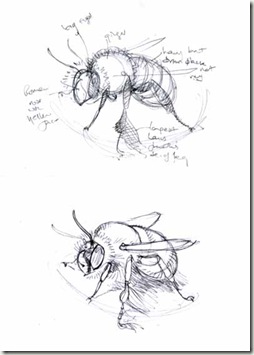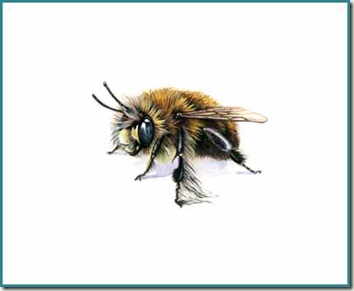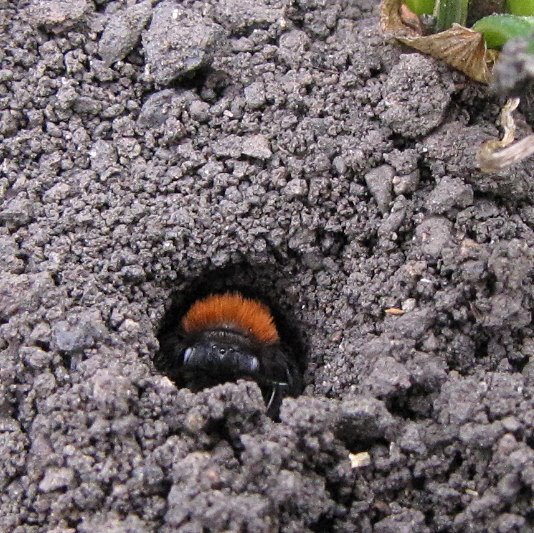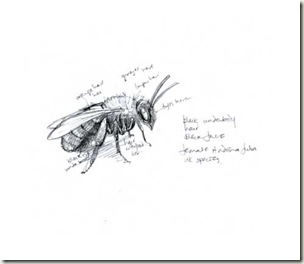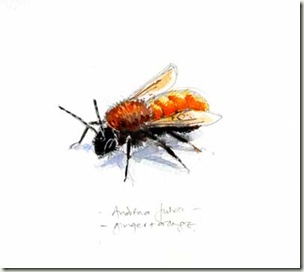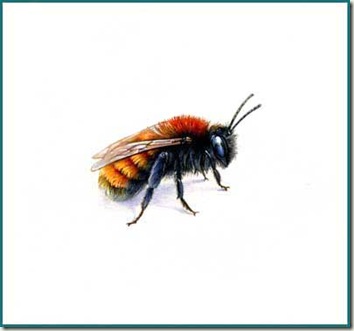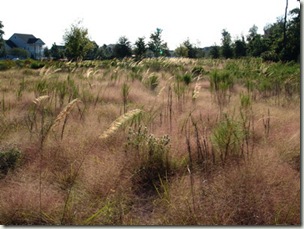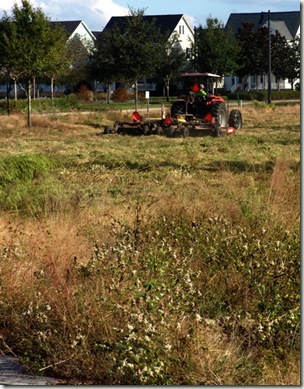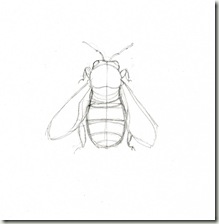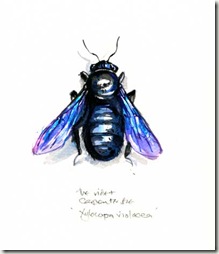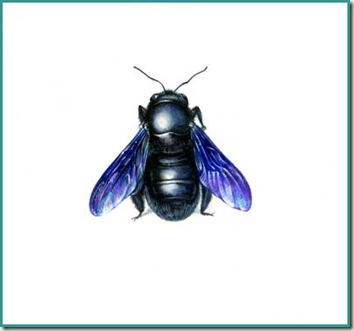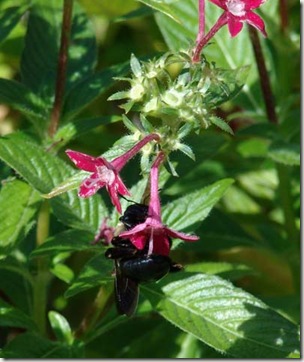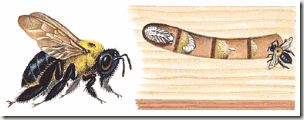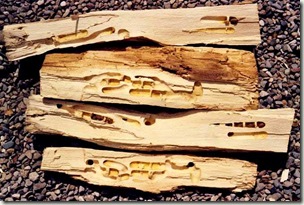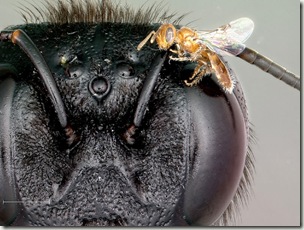So I have a new love, he is big, black and hairy.
Yes, today I had a real “Ahhh” moment with a Carpenter Bee. On a beautiful sunny morning at Leu the Carpenter Bees were busy,very busy, all over this red flower (which I think is Egyptian Star Cluster, Pentas lanceolata).
The flowers are slight, the bees are heavy, so seeing one struggling to keep its feet, holding out a steadying finger seemed only natural. I thought it would fly away at such an intrusion but this lovely bee was happy to clamber aboard this firmer platform and continue collecting nectar, 4 feet resting on me and 2 on the flower.
They are so busy nectar gathering that they scarcely notice you. I should also add that they do not sting. You see the problem, big bee, small flower.

and three more of these big chaps, trundling across the flower heads.

My bee photos are more luck than anything else. I take a lot, then it’s rather like those “find the hidden animals in the tree” outline drawings in kids puzzle books.. sometimes there is a bee in them and sometimes there is nothing.
This gorgeous handsome bee is Xylocopa virginica, the Common Eastern Carpenter Bee.
It’s the biggest bee in the USA and can be up to a sizeable one inch long.
This one is the all black female taken again at Leu but last week.

Professor Stephen Buchmann writes about bees.
Chris bought me his “Letters from the Hive” and I have found it hard to drag myself away.
Here is a snippet from his very nice article about Carpenter Bees, for the US Forestry Commission’s “Pollinator of the Month” series here.
“These gentle giants get their name from their life history habits of excavating precisely rounded galleries inside wood. Using their broad, strong mandibles (jaws), they chew into dead but non-decayed limbs or trunks of standing dead trees.
Some species, like the eastern Xylocopa virginica, occasionally take up residence in fence posts or structural timbers, especially redwood, and become a minor nuisance.
Inside their rounded branched galleries, they form pollen/nectar loaves upon which they lay their giant eggs (up to 15 mm long). The female forms partitions between each egg cell by mixing sawdust and her saliva together.
These partition walls are very similar to particle board!”

Diagram from”animals how stuff works . here and a photo of their extraordinarily accomplished woodwork

Photo Stephen Buchmann Also accompanying the article is Prof Buchmann’s wonderful photo, demonstrating the huge difference in sizes between the bee species

The smallest and the largest: a Perdita minima on a female carpenter bee’s head. Photo by Stephen Buchmann.
Anna, from Anna’s Bee World, who also very kindly helped me identify my Blue Wasp has this photo on her blog and explains how it was achieved.
This photo was taken by one of my graduate advisors, Stephen Buchmann, who is a renowned bee expert. He has this amazing amazing microscope, and an artful eye.
These two bees are real, but obviously dead. He took a Carpenter bee, which are known as some of the largest bees (gentle giants) and he took the smallest bee in the world (Perdita minima) and glued the small bee onto the antennae of the carpenter bee. He thought it would bee (sorry, had to throw that in) cool to show people the size difference between the largest bee and smallest bee.
It’s the photo you would see in the bee version of the Guinness World Records.
There is a scale bar at the bottom of the photo, but I am not sure what the scale is (1mm?). I couldn’t find that. I assume it is 1mm since Perdita minima usually measures about 2mm in size (0.078 inches).
See Anna’s Bee World here. Two millimeters for the tiny Perdita minima!!!.
I will not be attempting to paint that one. Its rather a shame to see how many sites are dedicated to the eradication of this “nuisance” bee. It seems they don’t actually do too much harm and are so very beautiful and although quite territorial they are not really aggressive (the male bees cannot sting).
I did read that if you want to “move” a Carpenter Bee, you throw a small pebble just past him. He will think it is another bee and go chasing after it. He may not be the sharpest bee in the box then, but his looks are enough to fall in love with.
There are certainly quite a few round here and, having a subversive streak myself, I rather like the idea of them infiltrating the neat timber porches and verandahs of Baldwin Park and setting up some little families there. Their chewing can apparently be heard several feet away. 🙂
________________________________________________________
A preliminary sketch: What distinguishes them from Bumble Bees is their glossy hairless abdomen .. and their size!


